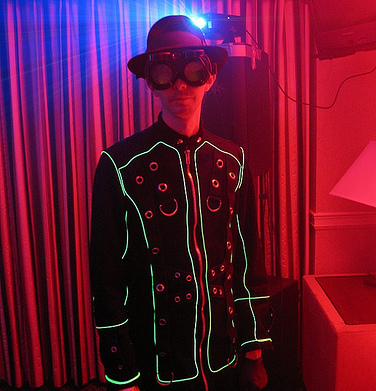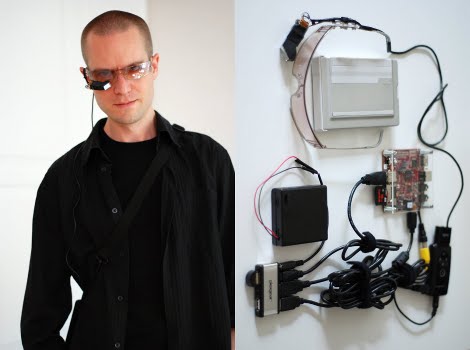
When the tipline popped up with this LED suit, part two, by [Marc DeVidts] we were expecing a simple led version of the previously known EL coat.
Well we were right and wrong in the same instance. Correct in that like predictions, the outcome is stonking great. Wrong in that this suit far outpaces EL in abilities we weren’t expecting. Namely to start off, an iPhone app over WiFi dictates to some 200 Arduino multiplexed RGB LED modules to dance randomly or follow patterns; an accelerometer and microphone are also implanted to further some effects. And finally if the suit isn’t enough to make you giddy, his PCB and enclosure milling surely will. Catch a video of the entire setup after the break.














